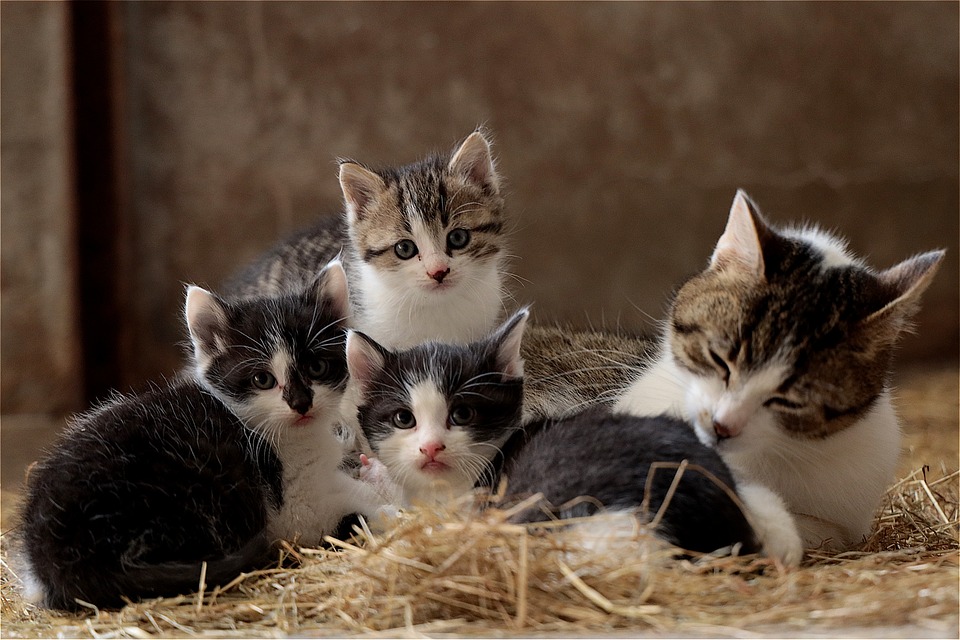Introduction:
Brachycephalic breeds, such as Bulldogs, Pugs, and Persian cats, are beloved for their unique physical features. However, their adorable flat faces can also lead to respiratory issues that require special attention. In this article, we will delve into the common respiratory problems these breeds face and provide valuable insights on how to address and manage them effectively.
I. The Anatomy of Brachycephalic Breeds
A. Understanding the unique physical characteristics
Brachycephalic breeds have a shortened skull and a compressed upper airway, which leads to their characteristic flat faces. This unique anatomy can result in breathing difficulties and increased susceptibility to respiratory issues.
B. How facial structure affects breathing
The shortened skull and compressed upper airway in brachycephalic breeds can restrict the flow of air, making it harder for them to breathe properly. This can lead to a range of respiratory problems.
II. Common Respiratory Issues in Brachycephalic Breeds
A. Brachycephalic Airway Obstruction Syndrome (BAOS)
1. Causes and symptoms
BAOS occurs when the soft tissues in the upper airway become obstructed, leading to breathing difficulties. Symptoms may include snoring, noisy breathing, coughing, and exercise intolerance.
2. Diagnosis and treatment options
A veterinarian can diagnose BAOS through a physical examination and may recommend surgical correction to alleviate the obstruction. Surgery options include widening the nostrils, removing excess tissue in the airway, and shortening the soft palate.
B. Stenotic Nares
1. Definition and causes
Stenotic nares refer to narrow or collapsed nostrils. This condition can be present at birth or develop over time due to the breed’s anatomy. It can contribute to breathing difficulties and respiratory distress.
2. Identifying signs and symptoms
Signs of stenotic nares include noisy breathing, snoring, and difficulty breathing through the nose. Cats may also exhibit exercise intolerance and fatigue easily.
3. Surgical treatment options
Surgical correction of stenotic nares involves widening the nostrils to improve airflow. This procedure can greatly improve a cat’s breathing ability and overall quality of life.
C. Elongated Soft Palate
1. What is an elongated soft palate?
An elongated soft palate occurs when the tissue at the back of the throat is longer than normal, partially blocking the airway. This can lead to snorting, gagging, and difficulty breathing.
2. Recognizing symptoms and potential complications
Symptoms of an elongated soft palate include noisy breathing, snoring, and difficulty exercising. In severe cases, it can lead to respiratory distress and even collapse.
3. Surgical correction and post-operative care
Surgical correction involves shortening the soft palate to improve breathing. Post-operative care includes pain management and monitoring for any complications.
III. Addressing Respiratory Issues in Brachycephalic Breeds
A. Consultation with a veterinarian
1. Regular check-ups and monitoring
Regular veterinary check-ups are essential for early detection and management of respiratory issues. Veterinarians can monitor your pet’s condition and recommend appropriate treatments.
2. Diagnostic tests and imaging
Your veterinarian may perform diagnostic tests such as X-rays or airway endoscopy to evaluate the severity of the respiratory issues and determine the most effective treatment plan.
B. Lifestyle modifications for improved breathing
1. Weight management and exercise
Maintaining a healthy weight and providing regular exercise can help improve breathing capacity and overall fitness in brachycephalic breeds.
2. Temperature and humidity control
Extreme temperatures and high humidity can exacerbate respiratory issues. Keeping your pet in a comfortable environment with adequate ventilation and temperature regulation can help ease breathing difficulties.
3. Avoiding stressors and irritants
Stress and exposure to irritants such as smoke or strong odors can aggravate respiratory problems. Minimizing exposure to these triggers can help reduce symptoms.
C. Medications and Therapies
1. Bronchodilators and anti-inflammatory drugs
Medications such as bronchodilators and anti-inflammatory drugs can help relax airway muscles and reduce inflammation, improving breathing in brachycephalic breeds.
2. Nebulization and humidification treatments
Nebulization therapy delivers medication directly to the airways, providing relief and reducing inflammation. Humidification treatments can help moisten the air and alleviate respiratory discomfort.
3. Nasal strips and specialized collars
Nasal strips can help open the nasal passages and improve airflow. Specialized collars can also help keep the airway open during sleep, reducing snoring and sleep apnea symptoms.
FAQs (Frequently Asked Questions):
Q1: Are brachycephalic breeds more prone to respiratory issues than other cats?
A1: Yes, due to their unique anatomy, brachycephalic breeds are more prone to respiratory issues compared to other cats.
Q2: Can respiratory problems in brachycephalic cats be potentially life-threatening?
A2: Yes, severe respiratory issues in brachycephalic cats can be life-threatening if left untreated or not managed properly.
Q3: Can these respiratory issues be prevented?
A3: While the anatomical factors cannot be changed, early detection, proper management, and lifestyle modifications can help improve breathing and reduce the severity of respiratory issues.
Q4: Are there any specific breeds that are more susceptible to respiratory problems?
A4: Yes, breeds such as Bulldogs, Pugs, Persian cats, and other brachycephalic breeds are more susceptible to respiratory issues.
Q5: Should I consider breed-specific health insurance for my brachycephalic cat?
A5: It can be beneficial to consider breed-specific health insurance for brachycephalic cats, as it can help cover the costs of veterinary care and treatments associated with respiratory issues.
Conclusion:
Understanding and addressing respiratory issues in brachycephalic breeds is crucial for ensuring their overall health and well-being. By educating ourselves about their unique needs and working closely with veterinarians, we can provide the necessary care and support to help our beloved flat-faced feline friends breathe easier.








